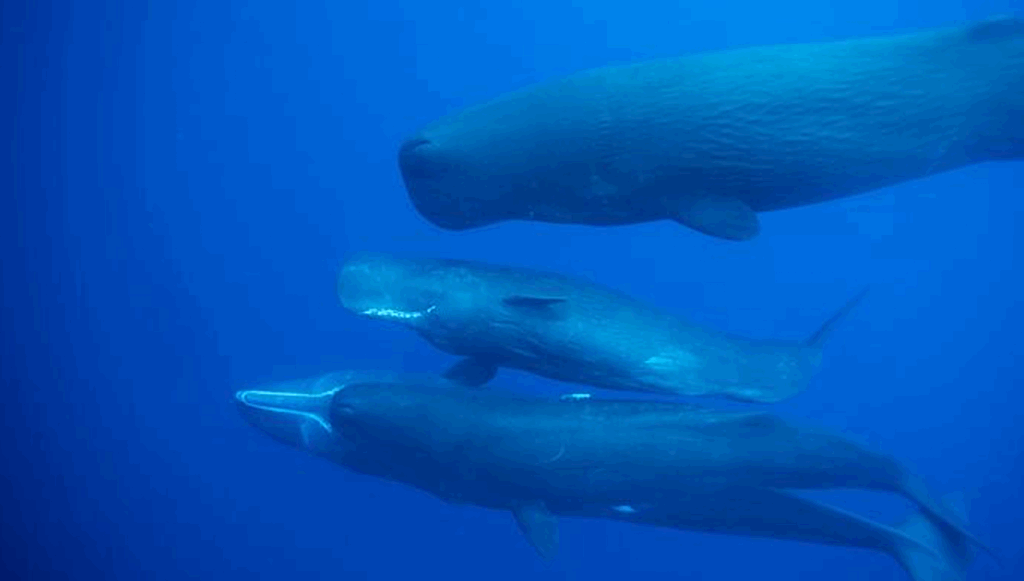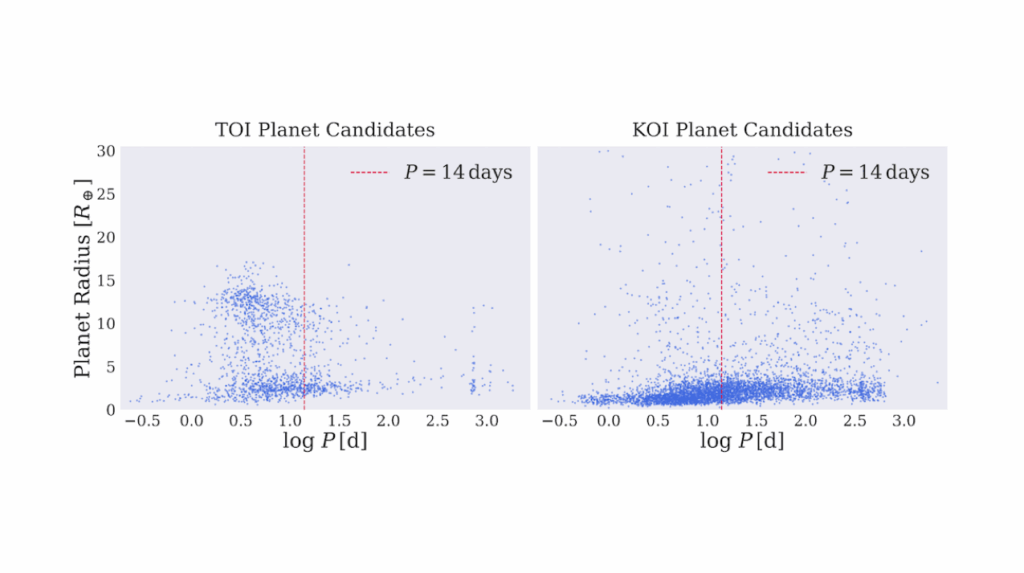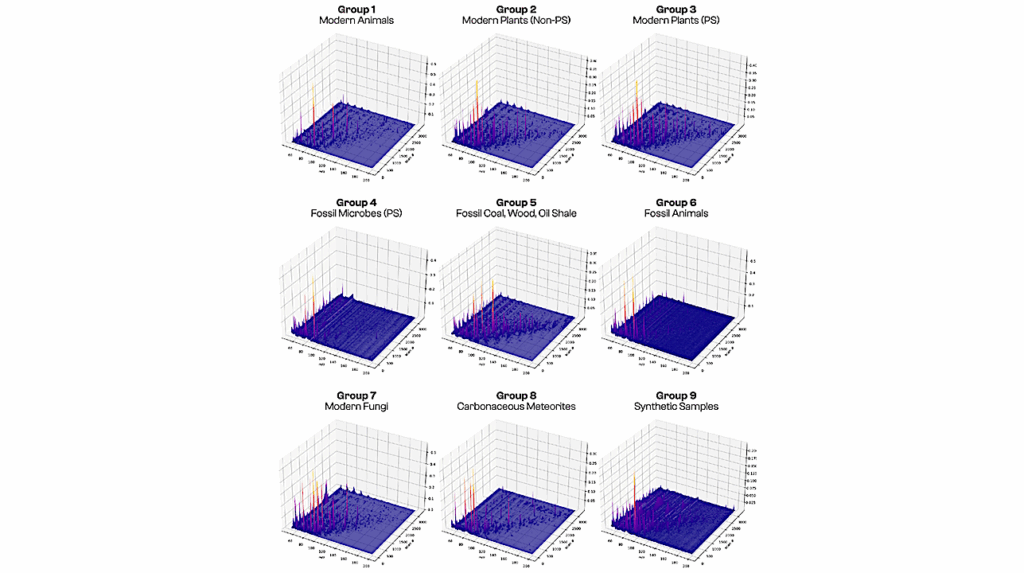Machine-assisted Classification Of Potential Biosignatures In Earth-like Exoplanets Using Low Signal-to-noise Ratio Transmission Spectra
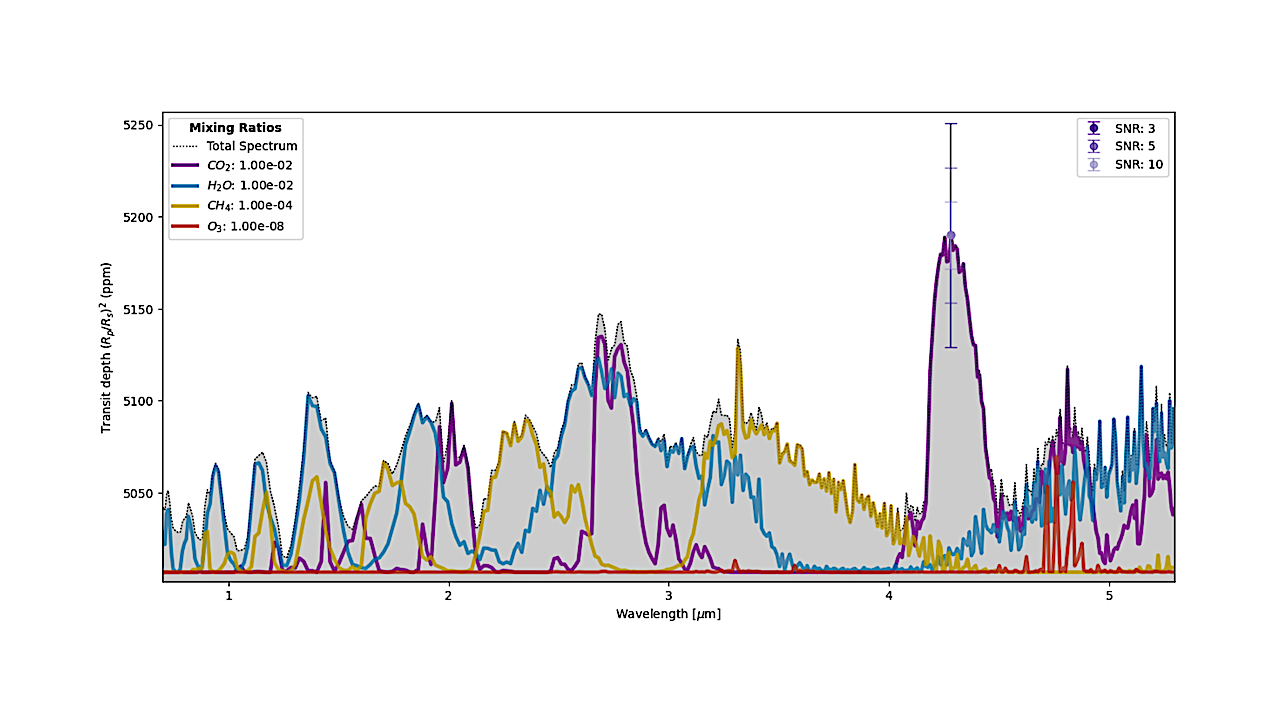
The search for atmospheric biosignatures in Earth-like exoplanets is one of the most pressing challenges in observational astrobiology. Detecting biogenic gases in terrestrial planets requires high resolution and long integration times.
In this work, we developed and tested a machine-learning general methodology, intended to classify transmission spectra with low Signal-to-Noise Ratio according to their potential to contain biosignatures. For that purpose, we trained a set of models capable of classifying noisy transmission spectra, as having methane, ozone, and/or water (multilable classification), or simply as being interesting for follow-up observations (binary classification).
The models were trained with ∼106 synthetic spectra of planets similar to TRAPPIST-1 e, which were generated with the package MultiREx, especially developed for this work. The trained algorithms correctly classified test planets with transmission spectra having SNR < 6 and containing methane and/or ozone at mixing ratios similar to those of modern and Proterozoic Earth.
Tests on realistic synthetic spectra based on the current Earth’s atmosphere show at least one of our models would classify as likely having biosignatures and using only one transit, most of the inhabited terrestrial planets observed with the JWST/NIRSpec PRISM around M-dwarfs located at distances similar or smaller than that of TRAPPIST-1 e.
The implication of this result for the designing of observing programs and future surveys is enormous since machine-assisted strategies similar to those presented here could significantly optimize the usage of JWST resources for biosignature searching, while maximizing the chances of a real discovery after dedicated follow-up observations of promising candidates.
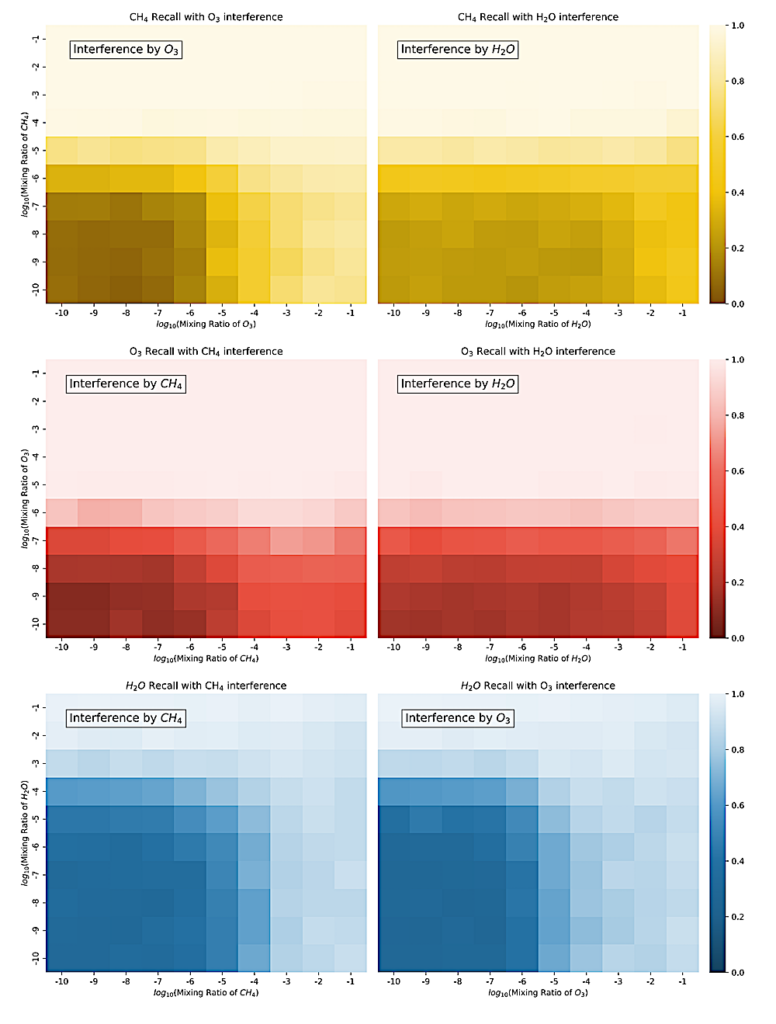
Grid of Recall maps for MC at SNR=3. Recall was calculated for different pairs of molecules across varying mixing ratios. Each row represents the classification of a specific molecule (CH4, O3, and H2O from top to bottom), with interference from other molecules as indicated in the labels. — astro-ph.EP
David S. Duque-Castaño, Jorge I. Zuluaga, Lauren Flor-Torres
Comments: 25 pages, accepted for publication in MNRAS. Includes 20 figures. The MultiREx package is available at this https URL
Subjects: Earth and Planetary Astrophysics (astro-ph.EP); Instrumentation and Methods for Astrophysics (astro-ph.IM)
Cite as: arXiv:2407.19167 [astro-ph.EP] (or arXiv:2407.19167v4 [astro-ph.EP] for this version)
https://doi.org/10.48550/arXiv.2407.19167
Focus to learn more
Submission history
From: David S. Duque-Castaño [view email]
[v1] Sat, 27 Jul 2024 04:44:37 UTC (2,222 KB)
[v2] Tue, 30 Jul 2024 19:26:07 UTC (2,222 KB)
[v3] Wed, 19 Feb 2025 05:23:26 UTC (5,469 KB)
[v4] Wed, 2 Apr 2025 06:09:35 UTC (4,191 KB)
https://arxiv.org/abs/2407.19167
Astrobiology




